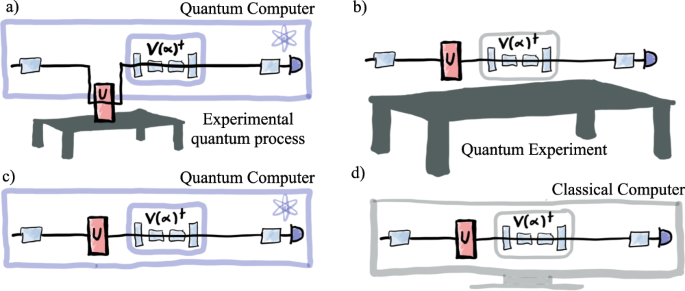2023-06-28 ワシントン大学セントルイス校
◆この方法は、化学物質を追加せずにリンを分離・回収することができます。実験では驚くほど効率的にリンを回収できることが示されました。
◆この技術は持続可能なリンの再利用に向けた重要な進歩であり、農業や工業などで広範な応用が期待されています。将来的には実用化に向けた工学的な課題が残されていますが、エネルギー消費量の削減などの改善が進められる見通しです。
<関連情報>
- https://source.wustl.edu/2023/06/zapping-municipal-waste-helps-recover-valuable-phosphorus-fertilizer/
- https://pubs.acs.org/doi/10.1021/acs.est.3c02843
- https://www.tandfonline.com/doi/abs/10.1080/10643389.2023.2172928
電気化学的浸出と沈殿による消化液全体からのリン回収 Phosphorus Recovery from Whole Digestate through Electrochemical Leaching and Precipitation
Zixuan Wang, Daran Anand, and Zhen He
Environmental Science Published:June 26, 2023
DOI:https://doi.org/10.1021/acs.est.3c02843

Abstract
Phosphorus (P) recovery from biosolids can play an important role in a circular economy. Herein, an electrochemical phosphorus recovery cell (EPRC) was proposed and examined to recover P from municipal whole digestate via simultaneous leaching and precipitation. The anode of the EPRC released P as aqueous PO43––P through acidification, achieving the highest leaching efficiency of 93.3% under a current density of 30 A m–2. When the leached P solution was treated in the cathode, native metals including Ca and Fe facilitated electrochemically mediated PO43––P precipitation (EMP) and precipitated ∼99% of the leached P in the cathode chamber. Around 54.3–78.7% of total P existed in two harvestable forms: suspended solids in the cathode effluent and immobilized P in the cathode chamber. The solid products contained 28.42–33.51% of P2O5, comparable to the high-grade phosphate rock. Higher current densities reduced cathode scaling and resulted in a lower content of heavy metals in the solid products. An acidic solution was reused three times and effectively maintained cathode performance during a 42-cycle operation, achieving a consistent P recovery efficiency of nearly 80%. Those results have demonstrated the feasibility of the EPRC for recovering P from P-rich solid wastes.
廃水汚泥からの電気化学的リン放出と回収: レビュー Electrochemical phosphorus release and recovery from wastewater sludge: A review
Zixuan Wang,Fubin Liu & Zhen He
Critical Reviews in Environmental Science and Technology Published:06 Feb 2023
DOI:https://doi.org/10.1080/10643389.2023.2172928

Abstract
Phosphorus (P) is abundant in wastewater sludge and can be a secondary P source that will contribute to a circular economy. Electrochemical systems are an emerging technology that can be used to release and recover P from wastewater sludge. This paper introduces and analyzes the state-of-the-art electrochemical methods for P release and recovery from wastewater sludge, both qualitatively and quantitatively. Electrochemical P release, which involves mobilizing P from the solid phase into the aqueous phase, is categorized into three major mechanisms, electro-biological release, anodic P release, and cathodic P release. Anodic P release has been most widely studied with a median P release rate of 92.4 mg d−1. Correlation analysis revealed that the type of feed sludge, sludge P contents, sludge loading rate, and current density have a significant impact on the P release performance. The released P is subsequently separated from the heavy metal laden sludge and then recovered via different electrochemical systems such as three-chamber cells, two-chamber cells, and their variations. Those systems can achieve P recovery efficiency of 50 ∼ 80% and a recovery rate of 2.0 × 102∼1.8 × 103 mg P d−1. Energy consumption of electrochemical P recovery is estimated at 50 ∼ 200 kWh kg−1 P but only 27.3% of literature reported such data. This work provides insights into the development and challenges of electrochemical P release & recovery from wastewater sludge and discusses the challenges that need to be addressed to advance the viability of electrochemical P recovery approach.



